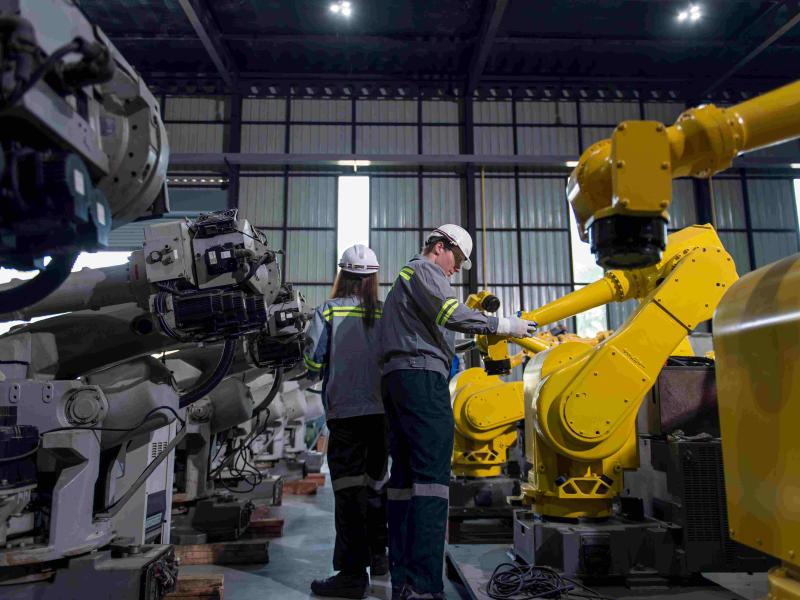Australia/ New Zealand: The world economy has largely resumed to ‘business as usual’, following a two-year battle against the COVID-19 pandemic. And while manufacturers have long settled into full-capacity operations, labour shortages remain a challenge for many the world over.
“COVID-19 accelerated the need for collaborative robots (cobots) and automation in general – largely spurred on by the need for social distancing, safety and labour shortages,” comments Masayuki (Masa) Mase, Country Manager for Universal Robots Oceania.
In fact, Sky News reported that after Canada, Australia has the second worst skills shortage among the world’s richest countries. “From waiters to engineers, the skills shortage is vast,” adds Masa.
In the manufacturing sector, automation is leading the way in combating this issue. “This is no fad. The demand for automation continues and is in fact set to soar.”
Fortune Business Insights speculates that the robotic process automation market size is set to grow from USD 13.86 billion in 2023 to USD 50.50 billion in 2030, ‘exhibiting a compound annual growth rate (CAGR) of 20.3% during the forecast period’.
Why cobots?
When looking at their sharp uptick in recent years, Masa believes that this is no coincidence. “While traditional industrial robots will always have their place on many factory floors, companies both big and small are successfully deploying cobots to reap big benefits.”
Some benefits include reduced costs, enhanced safety, easy deployment, improved flexibility, and their ability to work across almost every industry in a variety of applications. “Cobots are designed to share a workspace with humans, making automation easier than ever before for businesses of all sizes.”
Masa shares that local companies of all sizes are now embracing collaborative automation. “Companies are asking themselves questions like 1) do I need to automate? 2) what are my options? 3) what processes should I automate?”
Once they have scrutinised all the processes in their factories (including capacity, quality, output and safety concerns), analysed their current workforce capacity and done the math on the return on investment, it becomes a no-brainer.
Face it: Labour shortages will continue
“The reality is that labour is expensive in our local regions and employers should be focused on providing employees with tasks that add value to the business and its bottom line. In this way, cobots can take over the dull, dirty and sometimes dangerous jobs so that employees can focus on more exciting, fulfilling tasks and roles within the business.”
Take PLC Industries, a company in Singapore. The company was privy to a shortage of skilled labour coupled with rising costs. “PLC Industries turned to Universal Robots. We installed two UR10 robots to attend to CNC machines. This has boosted the company’s productivity by 40% without the need to recruit more people.”
To conclude, Masa advises anyone considering a cobot who’s scared to make the move, to chat with a qualified professional who can help aid the process. “Don’t fall into the trap of thinking you are too small to automate; be sure to chat with a trusted professional who can assist in making automation affordable and accessible to your business.”
Universal Robots has installed over 50,000 cobots worldwide. For more information, please visit www.universal-robots.com.






